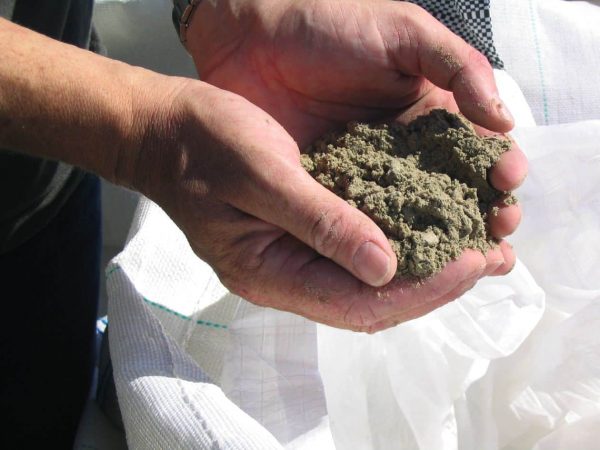Pozzolana is a globally popular word and mostly used in construction industries nowadays. Pozzolana is volcanic ash which is used as a substitute of cement. Pozzolana is one of the pozzolanic materials which contain siliceous and aluminous mineral substance.
Accordingly, to the sources of origin, pozzolanic materials are classified as natural or artificial. Pozzolanic materials such as fly ash, rice husk, silica flume, etc. are added in ordinary Portland cement, to produce pozzolana Portland cement. Pozzolanic materials help in reducing the production of OPC, which in turn reduces the amount of carbon dioxide released into the atmosphere. Here we have given brief information on pozzolanic materials and their types.

Image Courtesy – UVIC
Brief History of Pozzolanic Materials
The word pozzolan comes from the town Pozzuoli near Naples, Italy, where there are still extensive beds of pozzolanic materials. Romans in ancient times produced a hydraulic binder by mixing lime with soil, which contained pozzolana, i.e. pozzolanic ash (volcanic ash). In ancient times, pozzolan was used to enhance the properties of the lime, mortar and concrete.
Types of Pozzolanic Materials
Pozzolanic materials can be divided into two categories according to the source of origin, natural and artificial. Naturally occurring pozzolanic materials are found in abundance at very few places. Hence, their artificial alternatives were found out.
01. Naturally Occurring Pozzolanic Materials:
Natural pozzolanic materials come from the volcanic mineral deposits and sedimentary origin. They include:
(a) Clays and shales:
- Montmorillonite types
- Kaolinite types
- Illite types
(b) Opaline materials:
- Opaline shales
- Diatomaceous earths
- Cherts
(c) Volcanic tuffs and pumicites:
- Rhyolitic types
- Andesitic types
- Phonolitic types
- Basaltic types
Generally, natural pozzolanic materials require grinding to a high degree of fineness to make them suitable for use in concrete and particularly with cement. Pumicites are an exceptional pozzolanic material which has a high degree of fineness. Natural pozzolans can be further improved by the addition of chemicals such as alkalis during the calcining process.
02. Artificial Pozzolanic Materials:
Artificial pozzolanic materials are the by-products or wastage from the industries. They include:
(a) Fly ash
(b) Silica fume
(c) Powdered brick
(d) Burnt oil shale
(e) Granulated Blast furnace slag
(f) Rice husk ash
Fly ash is the most commonly used pozzolanic material in India, as it is available in abundance. There are many thermal power plants in India, which produce tonnes of fly ash, which was dumped initially. But due to its pozzolanic property, now it is used in the production of pozzolana Portland cement. Granulated blast furnace slag and rice husk ash are other popular pozzolanic materials in India.
Pozzolanic materials are now globally used in the production of pozzolana Portland cement. Replacing cement with an eco-friendly alternative helps in reducing the amount of carbon dioxide releasing in the atmosphere. This ultimately helps in controlling the global warming. Portland pozzolana cement has a low heat of hydration, which enables the civil engineers to use it in mass concreting projects.
